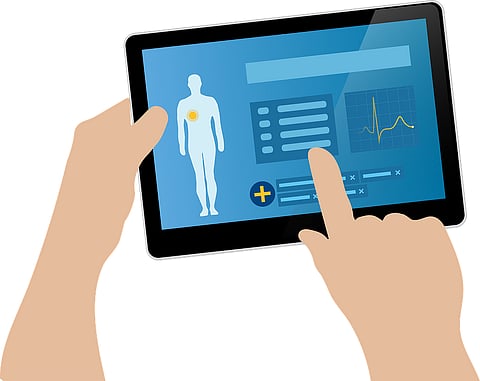Electronic medical records (EMRs) are digital versions of the paper charts typically found in clinician offices, clinics, and hospitals and are mostly used by healthcare providers for diagnosis and treatment. New research has leveraged EMR data analysis to predict the risk of developing adverse outcomes in the near future based on an individual’s medical history, and also pinpoint which medications may have beneficial effects. These results will be shared at the 47th annual scientific meeting of the Research Society on Alcohol (RSA) in Minneapolis, Minnesota.
“EMRs contain a lot of information,” said Lirong Wang, assistant professor of pharmaceutical sciences at the University of Pittsburgh, “including diagnosis, medication use, lab tests, procedures, medical notes by physicians, and even images such as computerized tomography (CT) scans and magnetic resonance (MR) imaging. The data contained within EMRs can offer valuable insights into disease trajectory and progression, co-morbidities, and various treatments options. A deep-learning model is a kind of predictive tool that mimics the complex decision-making power of the human brain by analyzing data to identify and classify phenomena, recognize patterns and relationships, and evaluate possibilities.”


